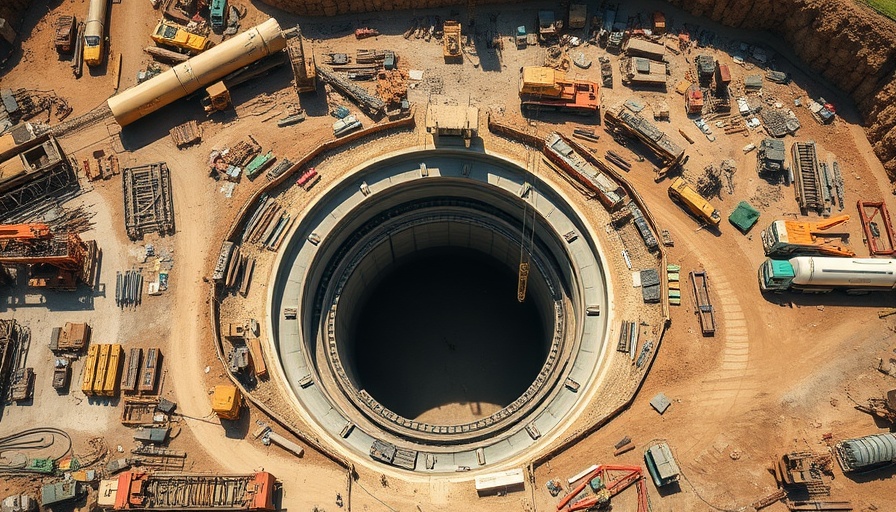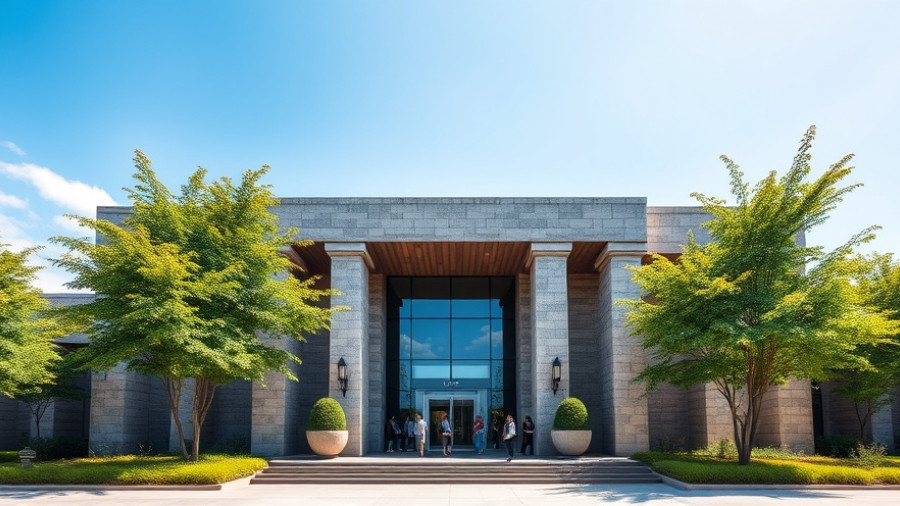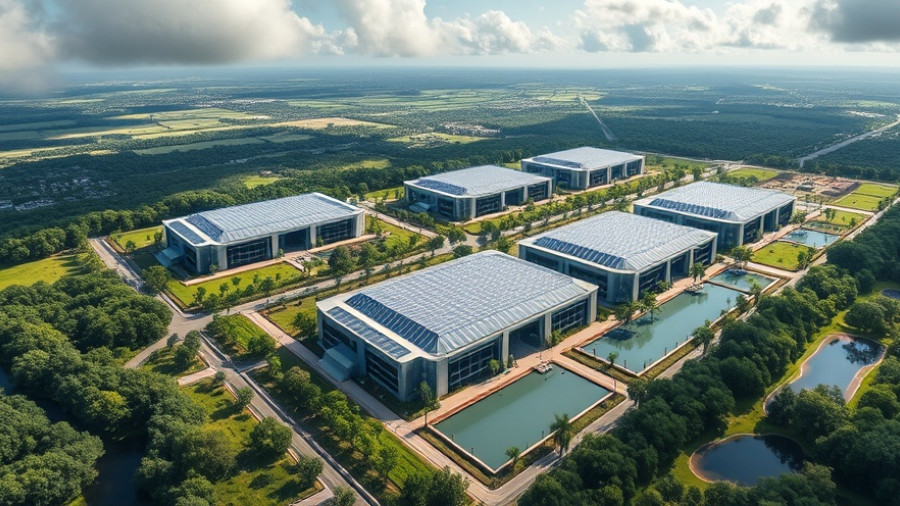
Critical Insights into the LA Tunnel Collapse
The recent partial collapse of a wastewater tunnel in Los Angeles raises critical questions about the safety and integrity of construction processes. The incident, which occurred on July 9, highlighted a significant issue related to ground pressure, ultimately putting a halt to ongoing work on the Clearwater Project. The investigation, spearheaded by the Los Angeles County Sanitation Districts, reveals that the breach was linked to high ground pressure affecting the tunnel structure.
The Nature of the Incident
According to the chief engineer, Robert Ferrante, the problem was anticipated as early as February when it became evident that ground conditions were leading to the "squeezing" of the segment rings of the tunnel, causing conditions unsuitable for safe operations. Thankfully, the evacuation of workers was executed efficiently, with 27 crew members escaping without major injuries after climbing over a significant mound of loose soil to the exit a mile away.
Construction Challenges and Investment Risks
This breach exemplifies the inherent risks in construction management, particularly for projects that involve intricate underground work, where geological factors prevail. As investment decisions hinge on the assurance of safety and productivity, the data emerging from this incident shines a light on cost-benefit considerations. Companies must keep abreast of these developments to ascertain what changes may be needed in operational protocols to safeguard future investments.
The Road Ahead: Lessons for the Industry
Flatiron/Dragados, the contractor involved, is currently devising an access plan to assess the breach extensively, promising further insights into the events leading up to this collapse. For business owners and executives in the construction field, it is paramount to reflect on this situation not only as a cautionary tale but also as an opportunity to bolster their operational strategies. This incident could very likely result in heightened safety regulations and practices industry-wide. The necessity for rigorous risk assessment protocols and timely geological evaluations cannot be overstated.
Emerging Industry Standards and Best Practices
The findings from ongoing investigations into this tunnel collapse can inform new industry standards, especially regarding safety measures for high-pressure environments. Additionally, leveraging technology in monitoring and managing ground conditions can mitigate risks associated with similar projects in the future. For stakeholders, understanding these evolving standards is essential for navigating the complexities of modern construction safely.
With safety being a priority for both construction firms and their clients, this incident underscores how interconnected these values are with profitability. Robust investment in safety technology not only protects workers but also enhances project outcomes through increased trust and reliability.
Conclusion: Stay Informed to Make Sound Investment Decisions
The developments surrounding the LA tunnel collapse serve as a crucial reminder of the need for vigilance and adaptability in construction management. Business leaders in this field should continuously seek to improve their understanding of risk management practices and integrate innovative solutions to respond proactively to challenges. Staying informed about incidents like this can empower firms to make strategic decisions that align with safety standards while ensuring optimal project delivery.
 Add Row
Add Row  Add
Add 




Write A Comment